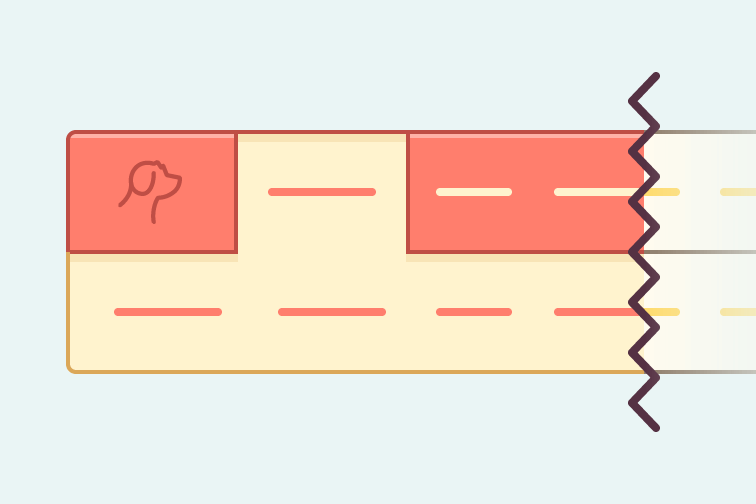
Build a bento layout with CSS grid
Bento grids offer a unique layout challenge for CSS. With the use of Tailwind you can create a flexible layout with modern CSS grid and @container queries.
Exploring CSS, JavaScript and handover techniques. Through building designs I use this to share what I learn

Bento grids offer a unique layout challenge for CSS. With the use of Tailwind you can create a flexible layout with modern CSS grid and @container queries.

In a responsive world, managing font sizes can be tricky. So how can an atomic approach help?

Lazy loading doesn’t have to be difficult, here’s how to add smooth loading images to your website.

A common part of a website is the ability to search. Depending on how important search is to your website can define much of how it looks and how it’s prioritised in the design.
Icon fonts are used for their convenience, which generally can’t be matched by SVG. However, this post aims to guide you through the setup and get to a similar level of convenience.

With horizontal scrolling, submenus are quite challenging to make work. Due to the CSS you have to use, a CSS only solution isn’t viable. In this post I show you how to utilise JavaScript.

Headroom.js is a popular plugin for providing additional functionality in having a fixed header. It has a lot of additional callbacks and options, to make sure you can cover a variety of situations. One of those things is stopping it from hiding when your navigation is open.
Following up from the design in Illustrator post, it’s time to code the design. Using flexbox to do the heavy lifting for the layout, the focus can be on matching the design and improving on it through being able to show the button state.

Since they appeared in iOS it’s been a trend to recreate these using CSS only. The technique uses the adjacent sibling selector and a hidden checkbox to retain use of the :checked pseudo class. In this post I wanted to take a look at this myself and recreate the toggle style.
As part of using Wordpress, and any other part of making a website, for that matter, you acquire reusable parts. As well as discover functions that aren’t shouted about. In this post I’ve shared a few with usage.
As I’ve spent time understanding the approach, it really makes sense for most CSS. Particularly spacing and font sizes. In this post I’m going to explain; why you may want to use this approach, and how to adapt it to your style of writing CSS.
Scroll snap points is the answer to the need for JavaScript carousels, to an extent. As browsers gain more and more new features in CSS, it’s important to keep up to date with them. As the generalisation is; where you can replace JavaScript with CSS you gain performance improvements. Carousels in my experience are a good chunk of the need for JavaScript on the average website. So I’m very interested at the prospect of using scroll snap points to replace that.